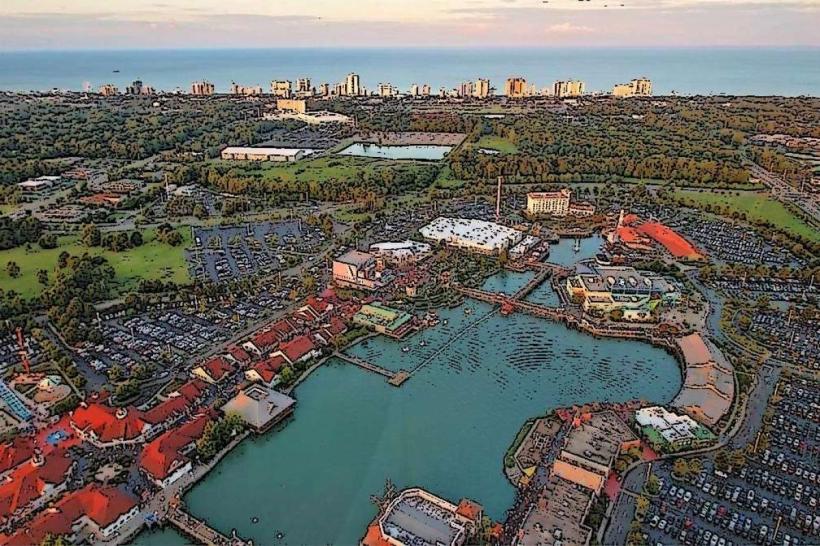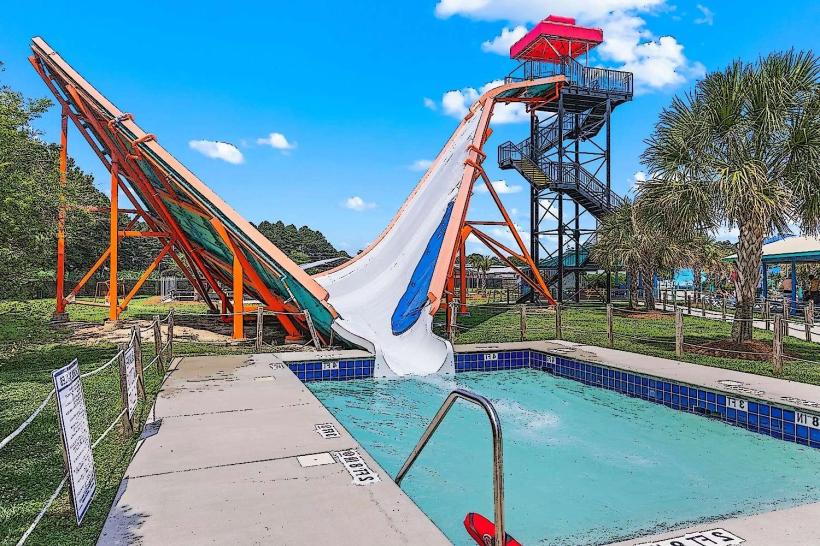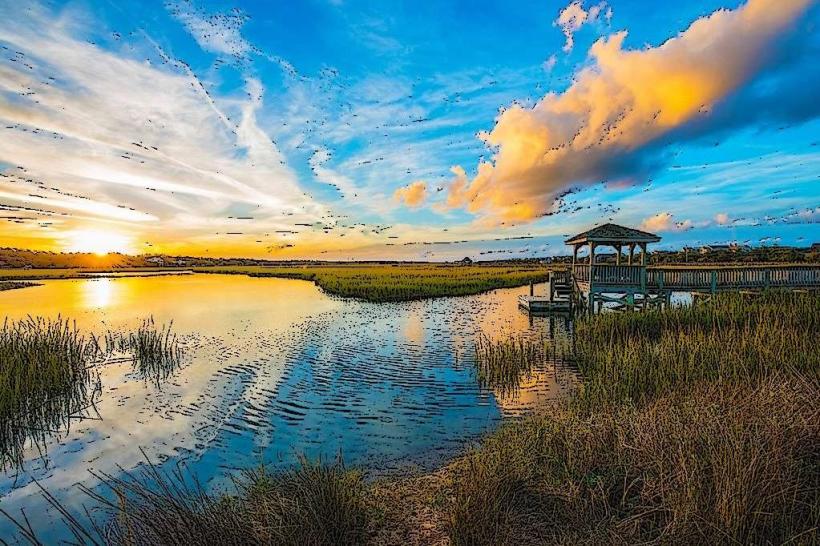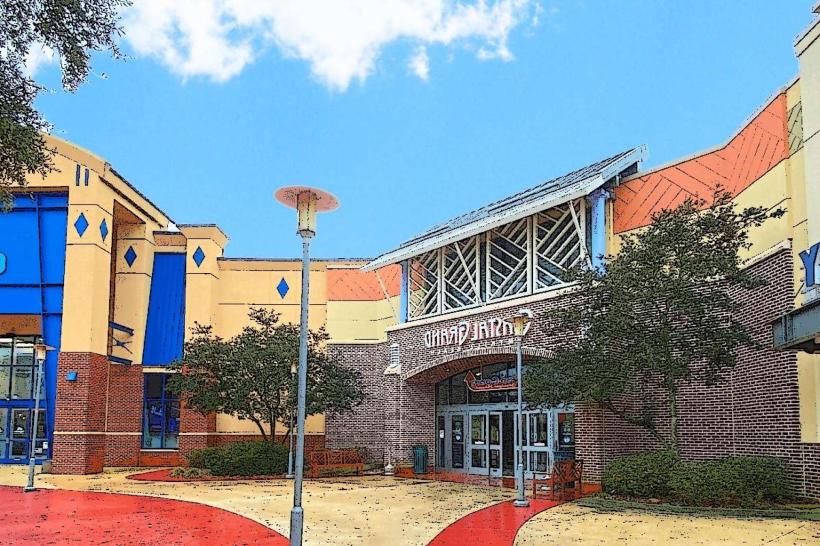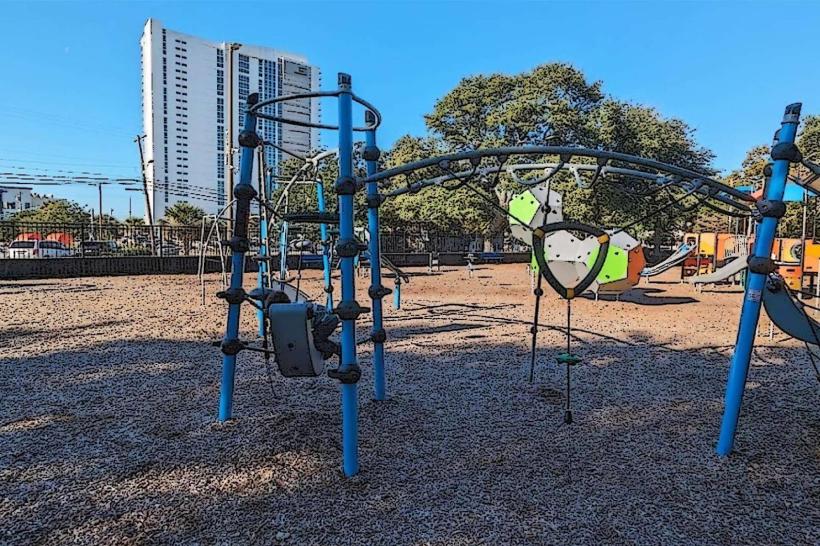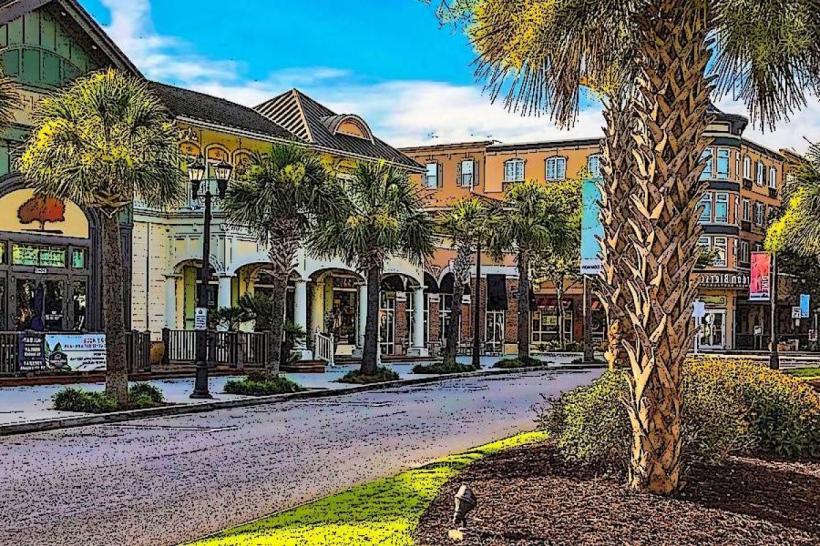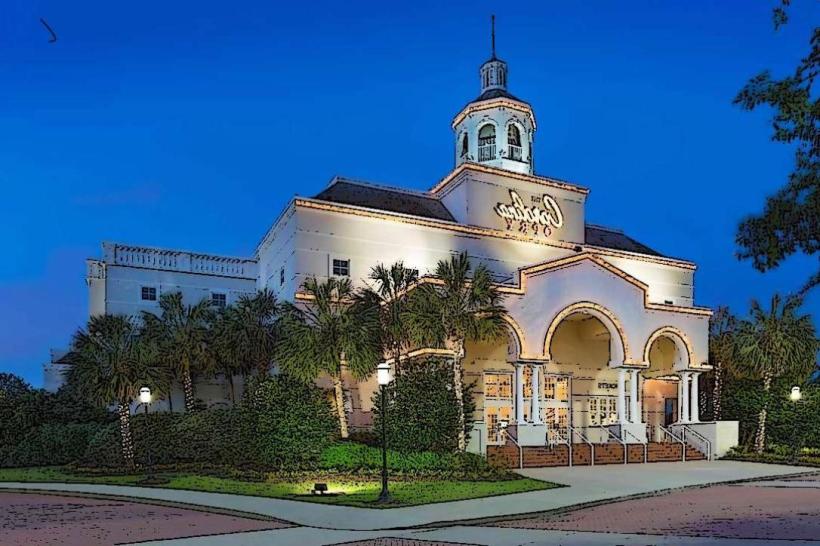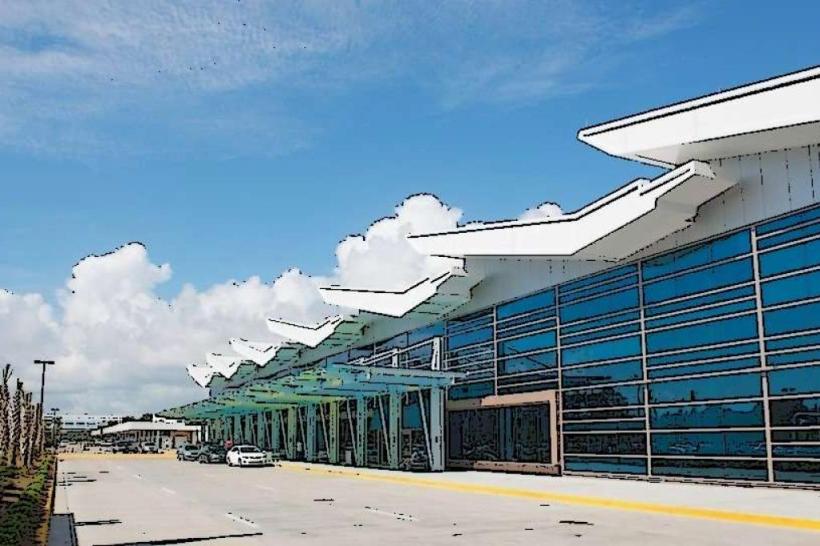Information
Landmark: Myrtle Beach State ParkCity: Myrtle Beach
Country: USA South Carolina
Continent: North America
Myrtle Beach State Park, Myrtle Beach, USA South Carolina, North America
Overview
Myrtle Beach State Park is a serene coastal retreat situated just south of the lively resort district, subsequently it offers a more natural and informal alternative to the city's boardwalk and skyline, with untouched nature reserves, expansive beaches, and abundant outdoor recreation options.History and Background. The Civilian Conservation Corps (CCC) built Myrtle Beach State Park in 1936 as one of the first state parks in South Carolina during the Great Depression.It was opened in 1937, likewise a significant number of the CCC-built structures, including cabins and picnic shelters, have been restored and are still in use today, giving the park a historic feel.Layout and Natural Features. Approximately 312 acres of land is encompassed by the park: 1.A vast stretch of undeveloped land that stretches for a mile, provides ideal conditions for swimming, beachcombing and fishing.A Fishing Pier that extends into the Atlantic and is a sought-after spot for fishing and scenic sights.The Maritime Forest – Areas shaded by live oaks, southern magnolias and palmettos with wildlife.D.The Sculptured Oak Nature Trail is an example of nature trails that are short and easy to navigate, with interpretive signs indicating indigenous plants and animals.Wildlife and Ecology. From shorebirds and ghost crabs to loggerhead sea turtle nesting birds, the park is an crucial habitat for many coastal species.The preservation of dune paths, birdwatching, and local marine wildlife are often featured in interpretive programs.Recreational Activities.Fishing opportunities are available at both the pier and the surf, with areas where flounder, king mackerel, and whiting can be caught.Camping is a well-organized area with tent and RV sites, some of which have full hookups.Closed shelters and tables in the open air are used for picnicking near the beach..Popular beach activities include swimming, sunbathing, and kite flying.– Allowing for cycling on marked streets and in designated zones.Facilities and Services. Among the facilities are a campground store, gift shop, bathhouse, playgrounds, and equipment rental, in turn in the summer, lifeguards are stationed at designated swim spots during peak seasons.The pier in the park has a modest shop that sells bait, tackle, and treats.Conservation Efforts. Myrtle Beach State Park is dedicated to safeguarding its natural dune system, managing erosion, and safeguard the well-being of sea turtle nesting grounds, meanwhile the park's "Leave No Trace" principles are being implemented by visitors to maintain the ecosystem.Why?Visitor Tips.Make reservations ahead of time on summer weekends to secure parking and a desirable beach location, in conjunction with however,A perfect setting for sunrise photography is the fishing pier.Using insect repellent is advantageous in forested areas, particularly during the warm season.Every car will have access to park admission, with South Carolina residents and those with an annual pass receiving a special discount.
Author: Tourist Landmarks
Date: 2025-08-10


